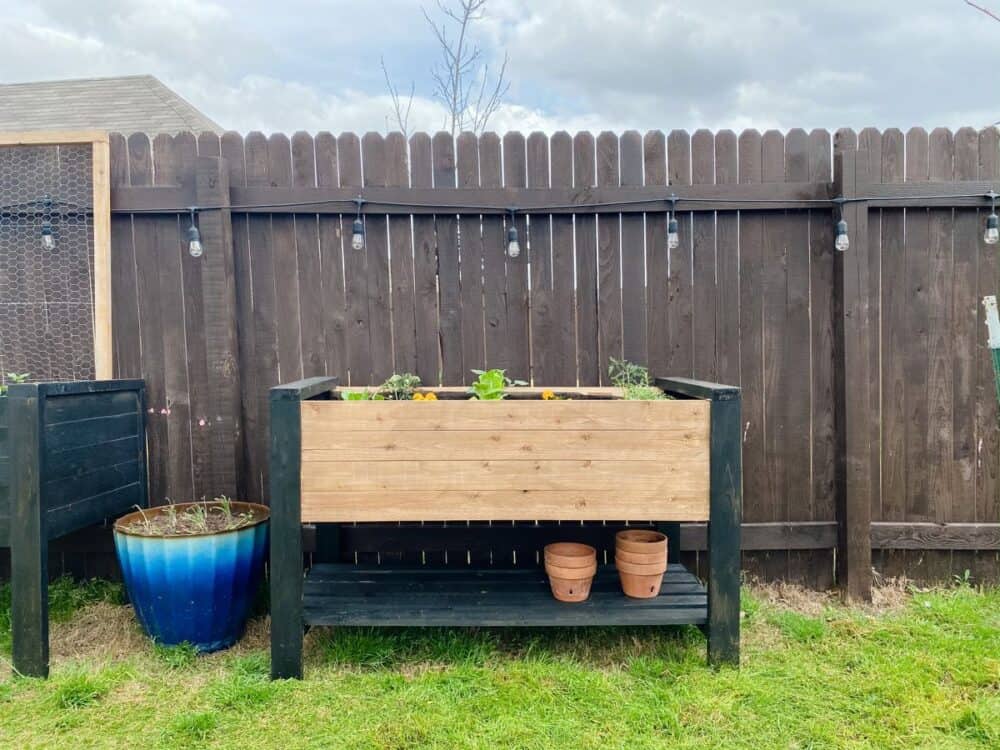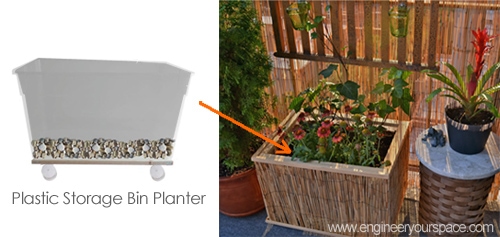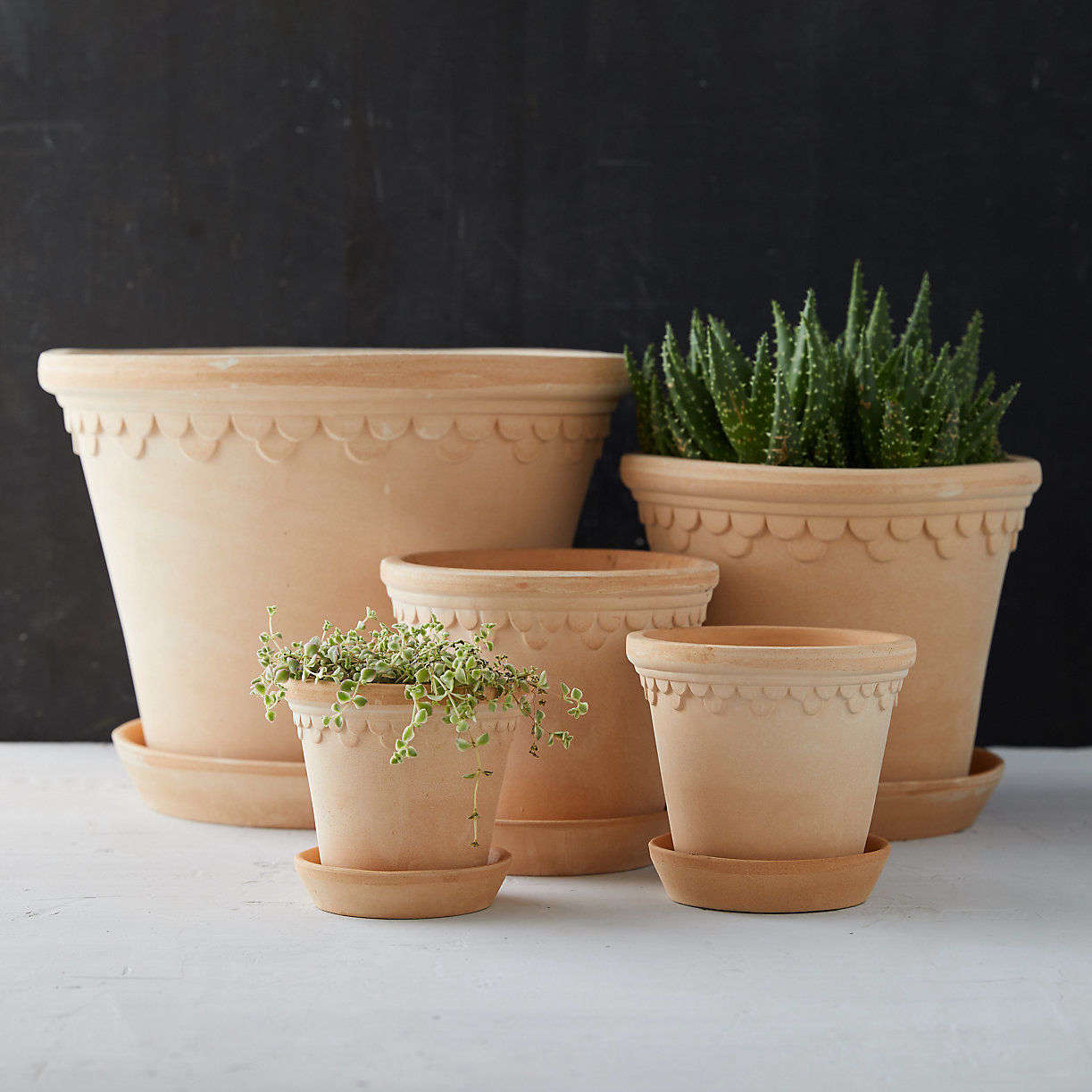Outdoor Raised Planter Ideas To Grow Your Own Food
Outdoor Raised Planter Ideas to Grow Your Own Food
Growing your own food is a great way to save money, eat healthier, and get some exercise. And if you're short on space, raised planters are a great option.
Raised planters offer a number of advantages over traditional in-ground gardens. They're easier to weed and maintain, they drain better, and they can be built to fit any size or shape. Plus, they can add a touch of beauty to your yard or patio.
If you're thinking about starting a raised planter garden, here are a few ideas to get you started:
- Wooden Raised Planters: These are a classic option that's easy to build and customize. You can use any type of wood you like, but cedar and redwood are both good choices because they're resistant to rot.

- Concrete Raised Planters: These are more durable than wooden planters, but they're also more expensive. Concrete planters can be made in any shape or size, and they're a good choice for areas with heavy foot traffic.

- Plastic Raised Planters: These are the most affordable option, and they're also lightweight and easy to move. However, plastic planters can be more susceptible to cracking and fading than other materials.

- Metal Raised Planters: These are a good choice for areas with harsh weather conditions. Metal planters are durable and long-lasting, but they can be more expensive than other materials.

Once you've chosen your materials, you need to decide on the size and shape of your planters. The size of your planters will depend on the amount of space you have available and the types of plants you want to grow. The shape of your planters is mostly a matter of personal preference.
Once you've built or purchased your planters, you need to fill them with soil. Use a high-quality potting mix that's designed for raised beds. You may also want to add some compost or manure to the soil to improve drainage and fertility.
Now it's time to start planting! Choose plants that are appropriate for your climate and the amount of sunlight your planters receive. Some good choices for raised planters include tomatoes, peppers, cucumbers, lettuce, herbs, and flowers.
With a little planning and effort, you can easily create a beautiful and productive raised planter garden. So what are you waiting for? Get started today!
Visit Home Gardening for more information about our outdoor raised planters. Our planters are made from high-quality materials and come in a variety of sizes and styles to fit your needs. We also offer a variety of plants that are perfect for raised planters, so you can start enjoying your new garden space right away.
FAQ of outdoor raised planter
What are the benefits of using an outdoor raised planter?
There are many benefits to using an outdoor raised planter. Here are a few of the most common:
- Better drainage: Raised planters typically have better drainage than in-ground gardens, which can help to prevent root rot and other plant diseases.
- Increased growing space: Raised planters can be placed in areas where in-ground gardening is not possible, such as on patios, decks, or rooftops.
- Easier access: Raised planters are typically easier to access than in-ground gardens, which can be helpful for people with limited mobility.
- Better soil quality: The soil in raised planters can be more easily amended to meet the specific needs of your plants.
- Longer growing season: Raised planters can help to extend your growing season by warming up the soil earlier in the spring and keeping it warm later in the fall.
What are the different materials that can be used to make an outdoor raised planter?
There are many different materials that can be used to make an outdoor raised planter, including wood, metal, plastic, and concrete. Each material has its own advantages and disadvantages, so it is important to choose the right material for your needs.
- Wood: Wood is a popular choice for raised planters because it is relatively inexpensive and easy to work with. However, wood is also susceptible to rot and decay, so it is important to use a type of wood that is resistant to the elements.
- Metal: Metal is a durable material that is resistant to rot and decay. However, metal can be more expensive than wood, and it can also be more difficult to work with.
- Plastic: Plastic is a lightweight and durable material that is resistant to rot and decay. However, plastic can be more expensive than wood or metal, and it can also be more difficult to find in large sizes.
- Concrete: Concrete is a very durable material that is resistant to rot, decay, and pests. However, concrete is also very heavy and difficult to work with.
What size should an outdoor raised planter be?
The size of your outdoor raised planter will depend on the amount of space you have available and the types of plants you want to grow. However, as a general rule of thumb, raised planters should be at least 18 inches deep and 36 inches wide. This will give your plants enough room to grow and thrive.
What type of soil should I use in an outdoor raised planter?
The type of soil you use in your outdoor raised planter will depend on the types of plants you want to grow. However, a good general-purpose potting mix will work well for most plants. You may also want to add some compost or other organic matter to the soil to improve drainage and fertility.
How often do I need to water my outdoor raised planter?
The frequency of watering your outdoor raised planter will depend on the climate you live in and the type of plants you are growing. However, as a general rule of thumb, you should water your plants deeply and infrequently. This will help to prevent the soil from becoming waterlogged.
How do I prevent pests and diseases in my outdoor raised planter?
There are a number of things you can do to prevent pests and diseases in your outdoor raised planter. These include:
- Planting disease-resistant varieties of plants.
- Keeping the soil moist but not wet.
- Avoiding overcrowding.
- Inspecting your plants regularly for signs of pests or diseases.
- Treating any pests or diseases that do occur promptly.
Image of outdoor raised planter
10 different images of outdoor raised planter that are free to use:
- A wooden raised planter with a simple design.

- A brick raised planter with a more rustic look.
- A concrete raised planter with a modern feel.

- A planter made from old tires.

- A planter made from stacked stones.
- A planter made from repurposed wood pallets.

- A planter made from chicken wire and concrete.

- A planter made from a wine barrel.
- A planter made from a plastic storage bin.

- A planter made from a terracotta pot.

I hope this helps!

Post a Comment for " Outdoor Raised Planter Ideas To Grow Your Own Food"